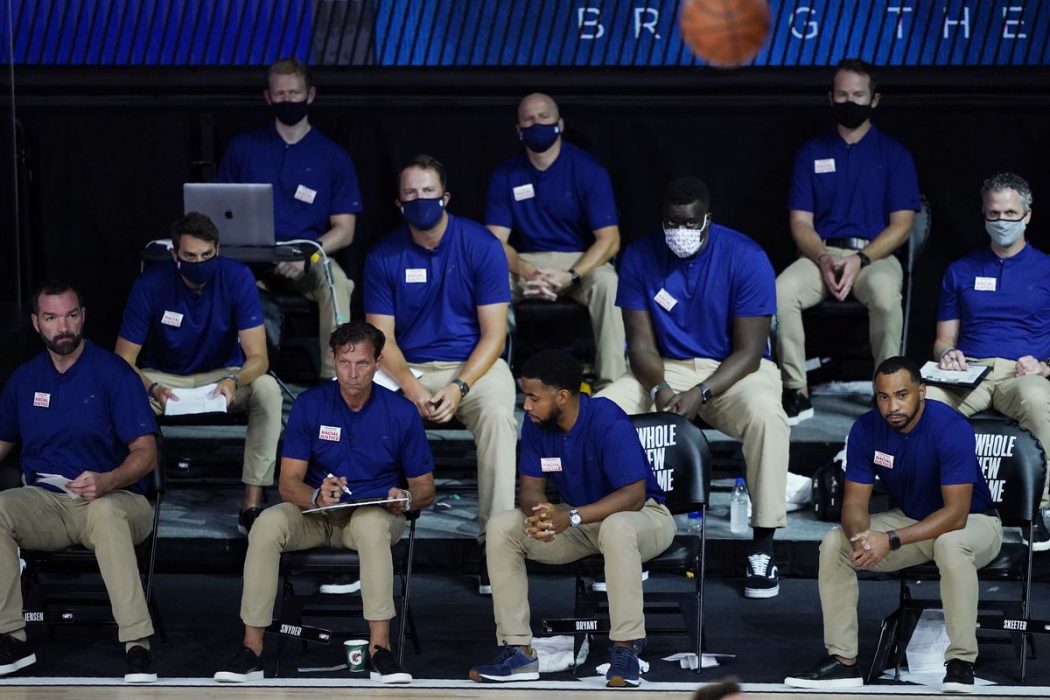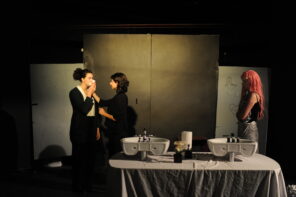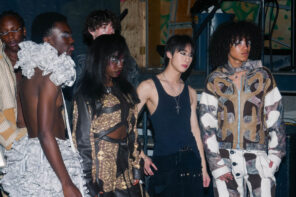When did the pandemic really begin? The answer is technically March 11, 2020, but for many, it probably began to feel real when it affected their entertainment. For some, it was when those first troubling news reports came out of China. For others, it was when Coachella, Osheaga, SXSW and so many other venues suspended, then later cancelled their shows for the year. For many, myself included, it was when the NBA, NHL, IOC, NCAA, and many other leagues suspended further operations. The pandemic placed an undeniably oppressive scarcity on entertainment. Regardless of what you take interest in, COVID almost definitely found a way to absolutely ruin it for you. For many, that was sports, both as a viewer and a participant. Not only could you not indulge in a round of hockey, tennis, or soccer, you couldn’t even watch others do it. Something essential not only to our entertainment industry, but also to our basic social interaction, was gone.
With the gradual, cautious re-opening of sporting events came a much-appreciated escape from day-to-day drudgery. Professional athletes held, for a time, an even more tremendous status in the eyes of the public. They were more than just our favourite players, they were our avatars. They were running, jumping expressions of our collective desire to move once again. Not only that, athletes became socially and politically involved in ways we had never seen before, as protestors, boycotters, and advocates. We held their efforts in high regard, especially under the circumstances, applauded their professionalism, and appreciated the potential sacrifices they made to their safety.
The same cannot be said for the amount of recognition paid to the stadium vendors, team staff, and workers who made the whole thing possible. When league and international play were suspended and casual athletics were placed on hold, thousands of rank and file workers were left without work and without a plan. In the US, an estimated 1.3 million jobs in sports were impacted by the shutdown. The actual number was most likely much greater because jobs that are directly impacted by the hosting of public sports events go beyond those who work directly in the field, encompassing work in media, catering, and an array of other fields.
Many teams pledged to take care of their workers and staff, with arenas like the Staples Center, Wells Fargo Center, and United Center publicizing plans to provide comprehensive compensation to their regular staff. These promises were ultimately either not kept or underdelivered in the wake of a massive economic upheaval; many third-party contractors and associated workers received virtually nothing.
While the resumption of play naturally allowed athletes to resume their role as the faces of the industry, the effort was entirely collective. Much was made of the mental and emotional stress that athletes were being made to play under, and for good reason. The circumstances were truly difficult and they still found it in themselves to deliver a quality product that brought a lot of people comfort while minimizing the potential for spread– they earned that praise. Comparatively little was said of the impact, needs, or concerns of the essential workers that made it all happen. Often, they endured the same tight protocols and regulations as players for a fraction of the compensation. When athletes across the sports world took a stand against police brutality, league employees were right behind them. This has been, and always will be, a collaborative effort.
As we begin our slow return to something resembling the status quo in the sports world and the entertainment industry in general, there is a lot to be happy about. Regardless of how you feel about the prospect of fans being back in arenas, it will certainly inject some of the missing energy back into events. As time goes on and more are vaccinated, we will almost certainly see a return to high-capacity events and games. In many ways, sports should remain essentially the same. Athletes will always be the public-facing figureheads of their leagues, just as actors will always be the face of TV and movies, or performers the face of music.
Staffers will go on as they always have– the quiet, necessary components of everyday operation. Since the beginning of play resumption up to now, just as important as the athletes who draw us in are those whose job it is to deliver the product as smoothly as possible. Through their sacrifices, hard work, and careful planning over the last year, we were all given the opportunity to tune into quality programming and free our minds, if only for a short while. But now, as we look to enter a new-but-familiar chapter, it is important to avoid the tendency to allow ourselves to be distracted. Recognition and proper compensation for labour must always be at the forefront of our minds, even in sports.








